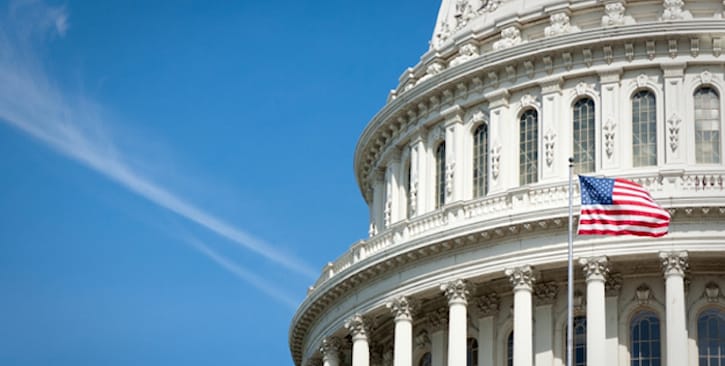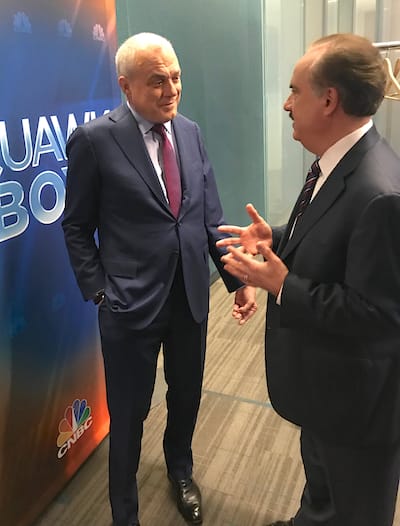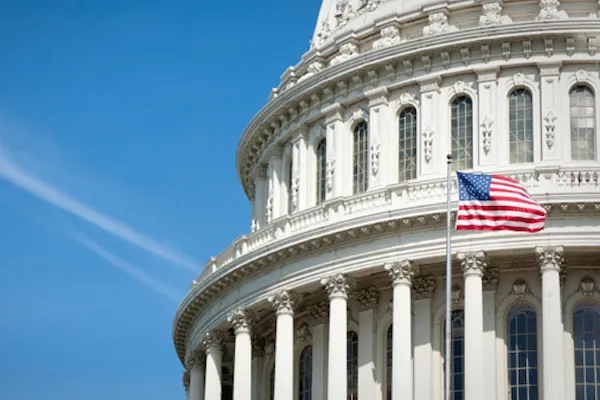
A case could be made that for pharmacy operators passage of the Tax Cuts and Jobs Act late last month was the biggest story of 2017.
Championed by the Republican leadership in Congress and President Trump, the $1.5 trillion measure will provide substantial, permanent tax relief for businesses — the corporate tax rate was cut from 35% to 21%; other provisions benefited small, pass-though companies — and temporary reductions for individuals.
Proponents of the law, which was enacted without Democratic support in either the House or the Senate, assert that it will unleash robust economic growth. The remarks of Matthew Shay, president and chief executive officer the National Retail Federation, following Congress’ action were typical: “Our priorities were clear — reform must jump-start the economy, encourage companies to invest here in the United States, increase wages and expand opportunities for employees, and protect our small business community, of which the vast majority are retailers. That’s exactly what this legislation will achieve. Most importantly, this historic tax reform will put more money in the pockets of consumers.”

Another component of the new law dealt a harsh blow to the Affordable Care Act by, beginning in 2019, eliminating the mandate that requires people to obtain health coverage or face monetary penalties. While Trump may have overstated the case when he characterized the move as “essentially repealing Obamacare,” others expressed concern that it could indeed plunge the ACA marketplace into a so-called death spiral if large numbers of young, healthy individuals choose not to buy insurance.
Lower taxes, the promise of increased consumer spending and continued uncertainty about the underpinnings of the nation’s health care system all have significant implications for retail pharmacies. And the Tax Cuts and Jobs Act could have other long-term consequences that negatively impact mass market retailers. The gap between the most wealthy Americans and those in the middle class is likely to be exacerbated by the legislation, and projected increases in the federal deficit will make it harder to find money for investments in infrastructure, education and other pressing needs.
Another development that occurred during 2017 that will reverberate in the pharmacy sector going forward was the Federal Trade Commission’s decision clearing the way for Walgreens Boots Alliance to acquire 1,932 drug stores and related assets from Rite Aid Corp. The $4.38 billion deal, coupled with a store rationalization program entailing some 600 closures, will enable Walgreens to strengthen its store base in markets in the Northeast and South.

CVS’ Larry Merlo (right) and Aetna’s Mark Bertolini
When all is said and done, the retailer will have raised its store count from 8,100 to 9,500. The broader reach will make Walgreens an even more formidable competitor in the battle for third-party pharmacy contracts, fortify its clout in negotiations with consumer products suppliers and enhance its convenience proposition for consumers. In addition, the expanded store base will give WBA a bigger platform for promoting its impressive array of proprietary health and beauty brands, including No7, Soap & Glory, Botanics and CYO.
Important as those two stories are, the most consequential change involving retail pharmacy last year was CVS Health’s agreement to pay $77 billion, including the assumption of debt, for Aetna, one of the nation’s largest health insurers.
If approved by the FTC, the CVS-Aetna merger transaction will not only accelerate the transformation of CVS, which currently bills itself as a pharmacy innovation company, into a multidimensional health care provider, it will lead to the creation of a new model for how health care is delivered. By enabling one entity to manage patient care every step of the way, the combination of CVS and Aetna should, in theory, produce better outcomes than the current fragmented system. The creation of neighborhood health care hubs envisioned by the partners in the merger should help address the issues of access and cost.
CVS Health president and CEO Larry Merlo and his colleagues will have to overcome a lot of obstacles, including the habit of entrenched thinking, to make that vision a reality, but if they succeed, they just might establish a new health care paradigm.







